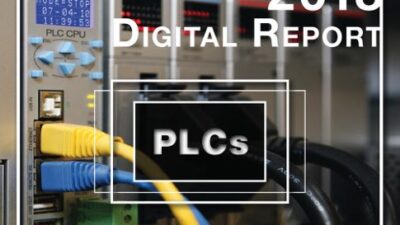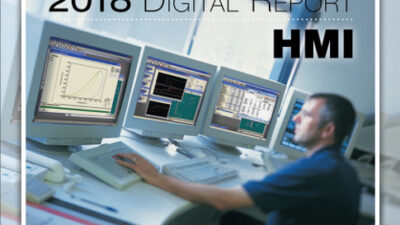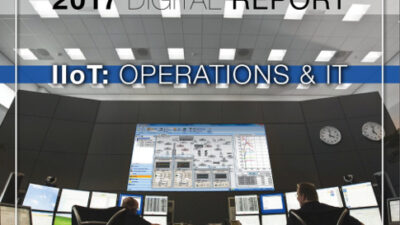Machine designers should take a cross-technology view of power technology, choosing the most appropriate for their application.
Hoffman Estates , IL —Machine designers should take a cross-technology view of power technology, choosing the most appropriate for their application. Potential choices for driving translational degrees of freedom include electric, hydraulic, and pneumatic actuators. This strategy helps build efficiency, performance, and sustainable competitive advantage into their designs. Start with a broad generalization about the primary application then consider using hydraulic, electric, or pneumatic motion (see table below), knowing that many exceptions exist and that many applications embrace more than one technology.
Motion technology considerations include:
Flexibility: Servo systems are ideal for allowing setup parameters to be easily changed so the system can be reconfigured with changes only to the control program. Pre-packaged and customized application programs make tooling changeovers fast and easy.
Reliability and maintainability: Great progress has been made in materials, component packaging, and installation methods. Advanced diagnostics and predictive maintenance have also advanced considerably for all three technologies.
Many applications are not limited to one technology and can take advantage of the unique characteristics of each. Closed-loop control—once seen as the special advantage of electric control—is now possible with hydraulics and pneumatics, significantly raising their capabilities. And the new technologies of mechatronics–electropneumatics and electrohydraulics–are the result.
Machine designers should take a cross-technology view of their machine, using the best, most appropriate technology for their equipment, and thus building in efficiency, performance, and sustainable competitive advantage. In addition, newer software tools aim to integrate three, once-separate realms of programming into one platform, helping to speed up and simplify engineering tasks from project planning and programming to visualization and diagnostics.
Additional guidelines appear in the May 2007 “Back to Basics,” called “Motion: Electric, hydraulic, pnuematic.” See other automation tutorials at https://www.controleng.com/tutorials .
– Rodney Rusk, Dan Warmus, Brian Rogers, and Thomas Dwyer are pneumatic, hydraulic and electric technology specialists from Bosch Rexroth Corp .
Edited by C.G. Masi and Mark T. Hoske, Control Engineering Machine Control eNewsletter.
TABLE: Motion technology comparison for electric, hydraulic, pneumatic technologies
| Hydraulic | Electric | Pneumatic | |
| Working speed (velocity) | 5 m/s | 10 m/s | 4 m/s |
| Power density | High | Low | Low |
| Achievable force | High | High | Limited, ~ 20 kN |
| Achievable stroke | High, to 10m+ | High | High, to 10M+ |
| Change of forces | Simple and accurate | Simple to complex | Simple and accurate |
| Efficiency | Best | Good | Good |
| Connections | Simple | Simple | Very simple |
| Overload safety | Complete | Complete | Complete |
| Explosion proof | Available | Available | Yes |
Source: Control Engineering and Bosch Rexroth


